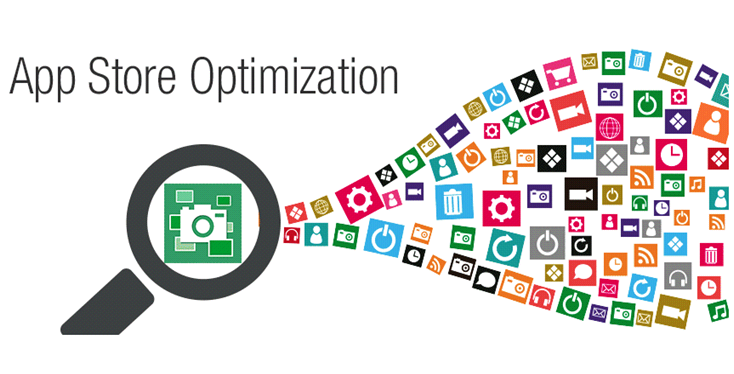Before Embracing React Native Development, Know How It Can Impact Your App Development Process

With growing mobile user base, many companies are now directing their digital strategy to mobile. From shopping to reading and games to health, mobile apps have successfully covered every aspect of our life, and modern businesses are not hesitant to explore new horizons to reach out to their customers.
From the perspective of mobile application development companies, the growing demand is a great news. But of course, there are challenges that make development complex and costly such as long Development Cycle and Deployment Time. Software development cycle phases are Planning, Analysis, Design, Implementation, Testing & Integration, and Maintenance, and any lapse at any phase can cause delay, leading to the increased cost. From the enterprise perspective, businesses should be 100% sure what they exactly want their customers to do with the app. Whereas, software application development companies should be equipped with the tools and talent to help achieve the business goals of their customers. There could be many reasons for delay in software deployment such as incorrect architecture poorly defined goals, not enough time for testing, and inadequate test environment.
What is React Native
Facebook in its attempt to resolve the Software Development Challenges has launched React Native, a JavaScript framework to build native apps using ReactJS. With the launch of React, Facebook has become a real competitor in the native programming domain, enabling users to create both Android and iOS applications on the same platform. In here, a single code base can be shared for both iOS and Android applications, thereby saving a lot of compiling time. It also has a comprehensive and powerful JavaScript library for creating a dynamic front-end rich with declarative components. The community driven native framework with Hot Reloading feature enables the users to experiment with many versions of the UI, without losing the real application state.
Interestingly, React is an app like solution for app developers. Using this app, mobile developers can actually focus on the UI, features, and functions of apps without worrying about the platform compatibility.
How Does It Impact Software Development Process
Positively. As it helps a great deal in reducing software development cycle time, while also making the process cost-effective. Below are some key traits that makes React Native a developer’s favorite:
Pre-render the view for better analysis: React Native enables the users to translate native UI elements and so developers can see the page before the users, and make the necessary changes, if required. It uses UI libraries rather than HTML and CSS markup.
Third-party Plugin Compatibility: React Native allows linking third party plugins with native module, which helps in enabling the user to perform key functions of app on the device. This helps in smooth running of the app, even the device has an older operating system.
Flux Application Architecture: All the apps of Facebook follows Flux Application Architecture, which is based on unidirectional data flow in three parts:
- Stores: It is similar to MVC (Model, View, and Controller) model, but allows managing application of a particular domain within the application.
- Dispatcher: All the data flows through this, which is tracked and provided in creator method to allow users to interact with views. It is a registry of callbacks to the stores and manages the dependencies between the stores.
- Views: It facilitates Controller-Views and attend change events to help in retrieving original application state in case of requirement.
Flux Application Architecture makes the data flow explicit and easily understandable, and so debugging errors are also easy.
Easy to Use: React Native has robust tools, which are easy to use. With simple features such as Command+R to refresh application and quick iteration cycle, the framework assures smooth developer experience. Even the error messages are self-explanatory, guiding the user to take the next-step. It comes with smart debugging tools for error reporting as well. It also removes the dependability of Xcode to develop iOS and Android Studio for Android development.
Knowledge-sharing platform: This community-driven framework facilitates knowledge-sharing, allowing the developers to share information and reuse the code. Also, a mobile app development company need not to hire specific resources for different operating system, as the developer who can efficiently write React code can build apps for iOS, Android, and the Web.
See another interesting page here, React Training
Who Uses React Native?
These apps developed using React Native will surely boost your confidence on the framework. On the top of the list sits, Facebook. Yes, the parent company’s app. Other companies’ apps built using React Native are Instagram, Bloomberg, Skype, Tesla, Walmart, Adidas Glitch, and so on. The complete list is here.
If you have any software application development project and want to build your app using React Native, then write to me at webmaster@finoit.com. I will surely come up with a solution that is both intelligent and cost-effective.










![Watch Video Now on xiaohongshu.com [以色列Elevatione perfectio X美容仪 perfectio X 全新仪器黑科技了解下]](https://www.techburgeon.com/wp-content/uploads/2019/07/perfectiox-singapore-150x150.jpg)
